Reinventing Tradition – At the Heart of Kyoto's New Architecture
When asked about Japan, generally there are two kinds of people: those who think of samurai, martial arts, geishas and Buddhist monks; and those who think of robots, fast trains, manga, and cyberpunk. Of course there are many who admire both traditional and contemporary Japan and this shows us just how diverse Japanese culture is. It also shows us that Japan can be a place with something for everyone.
You just have to know where to go.
.jpeg)
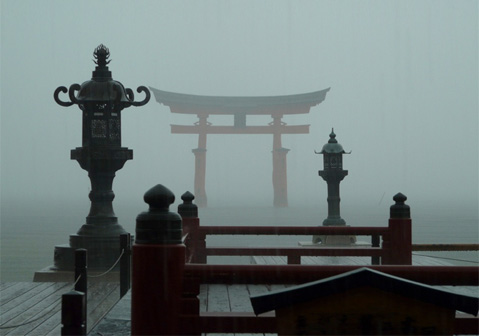
Although you will find aspects of tradition and modernity side-by-side in most cities, generally, when we think of contemporary Japan we think of Tokyo or Osaka. Big, vast, and chaotic: there is not a product or service in the world that can't be found in the modern Japanese metropolis.
.jpeg)
On the other hand, when we think of tradition, the old capitals like Kyoto and Nara, or smaller islands like Miyajima spring to mind. Since the last World War Japan has been growing rapidly and modernizing its infrastructure, but here and there some elements of tradition still survive. But how much longer can these traditions survive into our modern age?
Unlike Europeans with their well preserved historical centers, the Japanese don't seem to have fully understood the significance of preservation. Long experience of wars, earthquakes and other natural disasters have taught them a deeply engrained lesson about the impermanence of things, so it seems natural that the new should replace the old. Many old cities have lost their identity over the last 70 years, but there are still some that can be saved. Kyoto is one of them, and maybe, the most important.
Why care for Kyoto's tradition?
Kyoto served as the capital of Japan from 794 until the Meiji restoration and the opening of the country to the West in 1868, when the capital moved to Tokyo.
From early times it has been the cultural center of Japan and has stood as a symbol of Japanese traditions. With over 2000 temples and shrines, countless gardens and traditional houses, it is one of the last guardians of Japanese tradition in an always transforming Japanese society.
The city's beauty and cultural importance was the reason Kyoto was saved from bombing during World War II. Although Kyoto was on the top three list of cities to be attacked with the A bomb, in the end its significance to Japanese and world history was taken into account, and mercifully Kyoto remained intact.
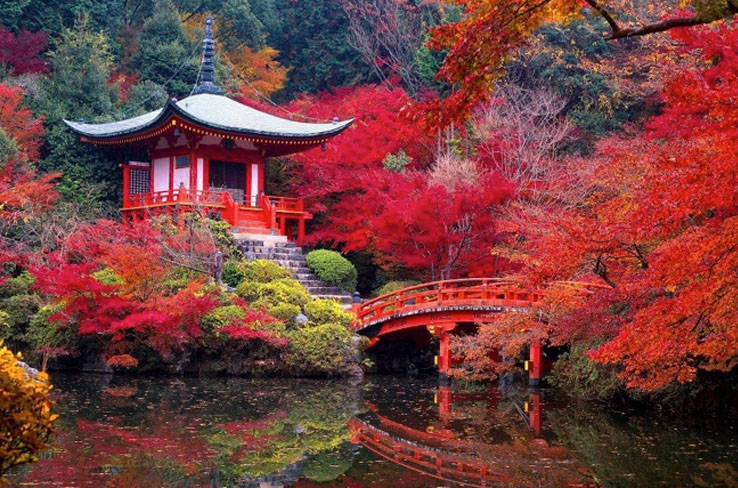
.jpeg)
That doesn't mean that Kyoto has always had it easy however.
In the past fires, wars, and natural disasters have significantly changed the townscape. Rapid modernization over the last 70 years has transformed it again. When it was first built, Kyoto adopted the grid pattern street system of the Chinese Tang dynasty capital Chang’an. Though the streets and dimensions of the city have shifted since then, the grid pattern largely remains intact even after 1300 years, and this makes Kyoto a very easy city to navigate. Nevertheless, the buildings within that grid pattern are relentlessly changing. Older buildings that are actually reconstructions of older reconstructions, new buildings with traditional elements, and unashamedly modern buildings, are all mixed in today's Kyoto, very often in the same neighborhood. This creates a complex urban landscape where tall hotels, offices and department stores coexist with smaller residences and shops.
(1).jpeg)
.jpeg)
Visitors may be surprised when they first arrive in Kyoto and are confronted with the huge structure of Kyoto Station, completely disproportionate in size to the rest of the city. Though Kyoto has been relatively spared the drastic reformation of the cityscape that has afflicted other cities, the station building and the nearby Kyoto Tower were part of a modernization program that faced and still faces great criticism.

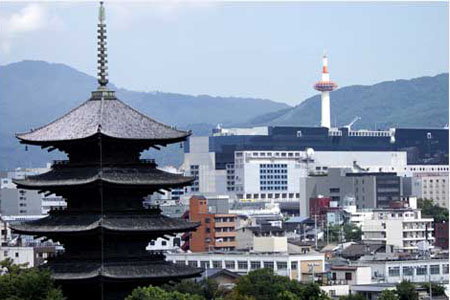
Kyoto is still searching for its identity in today's Japan and there are more and more people in recent years, both Japanese and foreigners, who are concerned with its survival. “Kyoto” for many equals tradition, and that is something to be admired and preserved. And it is not only about the survival of the main temples and gardens, but of the whole atmosphere of the city, the nature and wildlife included.

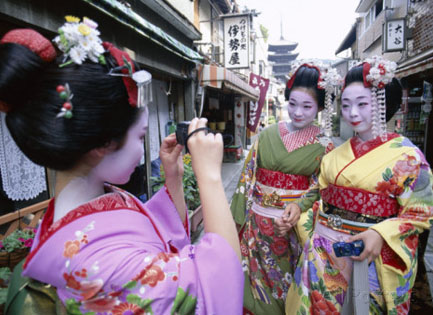
Kyoto is the only large Japanese city with an abundance of prewar buildings. Visitors can walk around and feel they have gone back in time. Traditional wooden townhouses, or machiya, are scattered all over the city, not only at designated protected areas. Some are converted into guesthouses, others into restaurants or shops, and many still survive as residences.
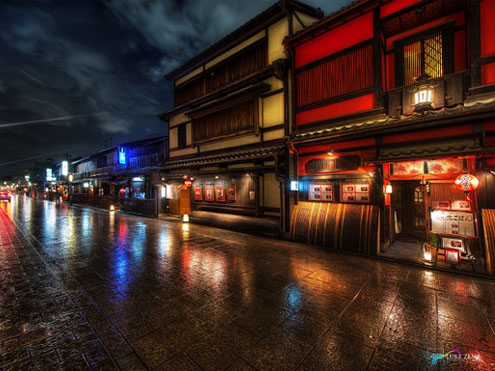

The traditional Japanese house has been widely praised and Kyoto still offers whole neighborhoods with many such beautiful structures. These neighborhoods are as important to world architecture as are the streets of Venice or Paris.
Architectural conservation, a relatively new field in Japan, offers architects the opportunity to experiment with the reconstruction of old machiya buildings. Altering the interior to meet modern needs, rearranging elements of the traditional house, mixing old materials with new can be an interesting and challenging task. Many young architects choose to start their practice in Kyoto, and this new dynamic wave of fresh minds could be the key for the future of the city.
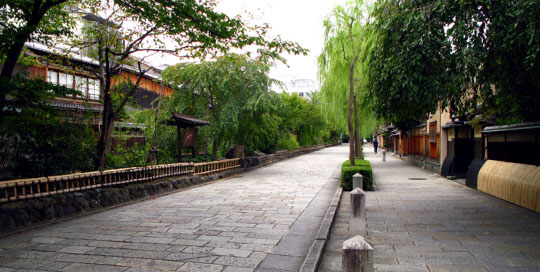

Of course, it is not always about preserving the original aspect of the building and creating a “new old Kyoto”. In many cases, when a complete reconstruction is not possible or affordable, new ideas merge with the old and the result is a contemporary building that preserves memories of the past. Even more challenging, the integration of new buildings into traditional settings has initiated many discussions on the ways and forms in which the new substitutes the old. Scale, colors, materials, and proportions all play an important role when trying to create a relationship with the existing urban landscape.

New, or old, preserved, or altered, what is most significant in the streets and neighborhoods around Kyoto is the unique perspective on architecture that they provide. Here we can see first-hand the struggle of the traditional with the modern, of wood with concrete, of natural with man-made, and it can teach us a lot about how cities evolve and how they can be transformed through time. Kyoto's architecture, like many other old cities, is part of our common world heritage, a treasure that we should take care of and protect so that it can live on for many generations to come.
A new movement towards preservation has started taking place recently. Maybe something new again will emerge in the years to come: a new kind of Kyoto-esque architecture. We would be extremely interested to see it.
See also: Contemporary Japanese Designs & Traditional Japanese Designs
Looking for inspiration? ZenVita offers FREE advice and consultation with some of Japan's top architects and landscape designers on all your interior design or garden upgrade needs. If you need help with your own home improvement project, contact us directly for personalized assistance and further information on our services: Get in touch.
SEARCH
Recent blog posts
- November 16, 2017Akitoshi Ukai and the Geometry of Pragmatism
- October 08, 2017Ikebana: The Japanese “Way of the Flower”
- September 29, 2017Dai Nagasaka and the Comforts of Home
- September 10, 2017An Interview with Kaz Shigemitsu the Founder of ZenVita
- June 25, 2017Takeshi Hosaka and the Permeability of Landscape
get notified
about new articles
Join thousand of architectural lovers that are passionate about Japanese architecture